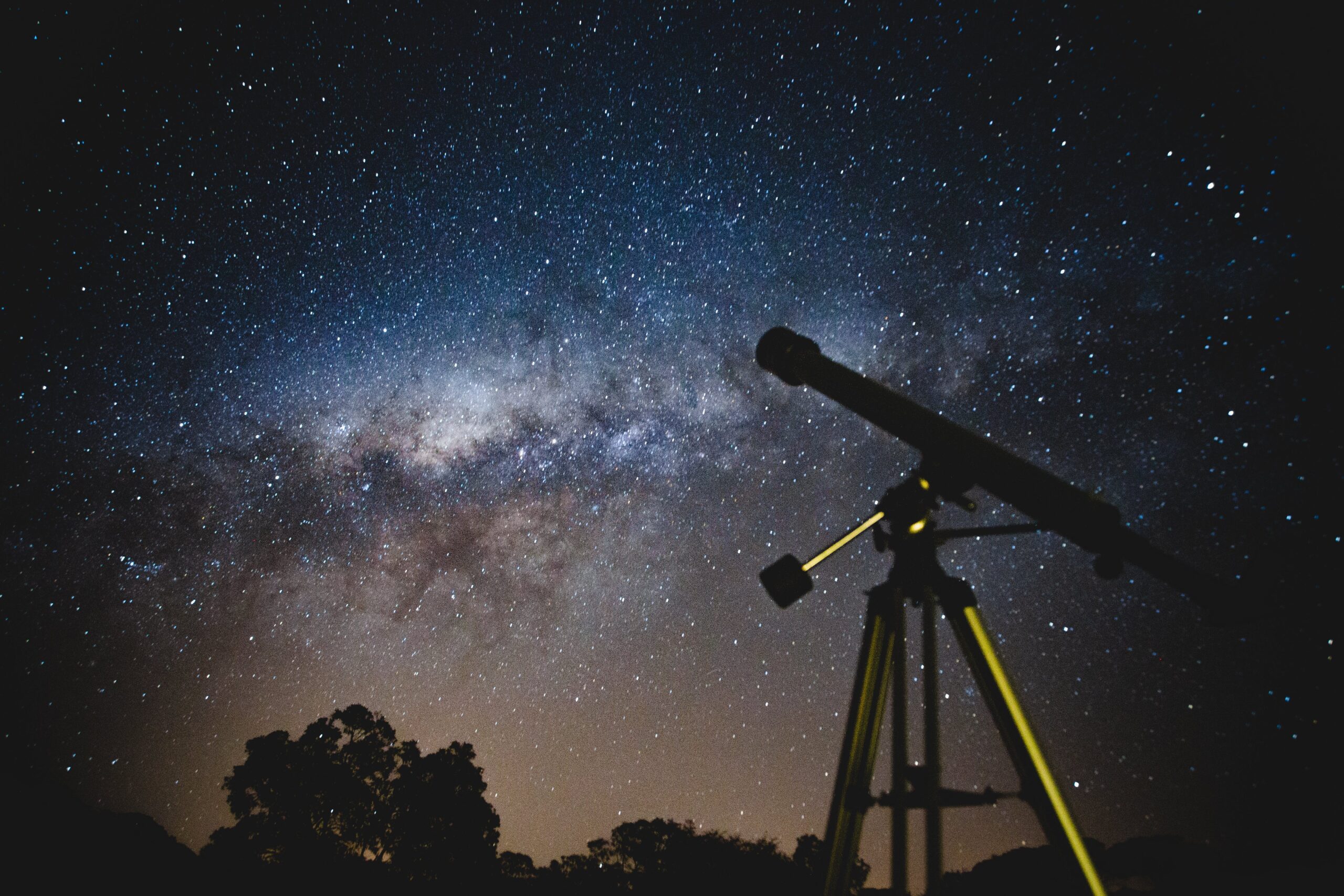In the vast expanse of the cosmos, the James Webb Space Telescope (JWST) stands as a beacon of scientific achievement and discovery. This state-of-the-art telescope, poised to launch into the depths of space, promises to revolutionize our understanding of the universe and its origins, particularly shedding light on the enigmatic phenomenon known as the Big Bang.
Introduction to the James Webb Space Telescope
The James Webb Space Telescope, named after NASA’s second administrator, James E. Webb, is a colossal astronomical observatory that has been in development for decades. It represents a collaboration between NASA, the European Space Agency (ESA), and the Canadian Space Agency (CSA). With a primary objective to peer deep into the universe’s past, the JWST is equipped with cutting-edge technology and a suite of scientific instruments. Its large 6.5-meter primary mirror, significantly larger than its predecessor Hubble’s, allows for a much broader and more detailed view of the universe.
Unveiling the Secrets of the Big Bang
One of the most profound questions in cosmology is the origin of our universe, and the Big Bang theory has long been the leading explanation. The JWST is poised to play a pivotal role in exploring and understanding the aftermath of this cosmic explosion. Here’s how:
- Peering Back in Time: The James Webb Telescope is designed to observe the universe in the infrared spectrum, which is crucial for studying celestial objects that emit faint infrared radiation. By doing so, it can look further back in time than any previous observatory. This capability will enable scientists to witness the universe’s infancy, just a few hundred million years after the Big Bang.
- Probing the Early Universe: The telescope’s instruments, including the Near Infrared Spectrograph (NIRSpec) and the Mid-Infrared Instrument (MIRI), will allow astronomers to analyze the composition of ancient galaxies and stars. This data will provide insights into the conditions that prevailed in the early universe and how it evolved over billions of years.
- Studying Exoplanets: The JWST will also contribute to the study of exoplanets, planets outside our solar system. By analyzing the atmospheres of these distant worlds, scientists hope to find clues about the conditions necessary for life to exist and whether the universe may harbor other habitable planets.
Conclusion
In conclusion, the James Webb Space Telescope represents a significant leap forward in our quest to understand the universe’s origins, including the enigma of the Big Bang. With its advanced technology and unrivaled capabilities, it will enable astronomers and cosmologists to peer back in time, probe the early universe, and explore distant exoplanets. The JWST is not just a scientific marvel; it’s a testament to human curiosity and our relentless pursuit of knowledge.
FAQs
| Question | Answer |
|---|---|
| What is the role of the James Webb telescope? | It studies every phase in the history of our Universe, from the first glows after the Big Bang to the formation of solar systems capable of supporting life. |
| What did Webb Telescope reveal? | The JWST has detected the most distant active supermassive black hole, CEERS 1019, formed just 570 million years after the Big Bang. |
| How will the James Webb telescope view our cosmic history? | Webb will make ultra-deep near-infrared surveys of the Universe, followed by spectroscopy and mid-infrared photometry. |
| What major role did James Webb play in space? | Webb led NASA through the Mercury and Gemini programs and dealt with the Apollo 1 fire. |











+ There are no comments
Add yours